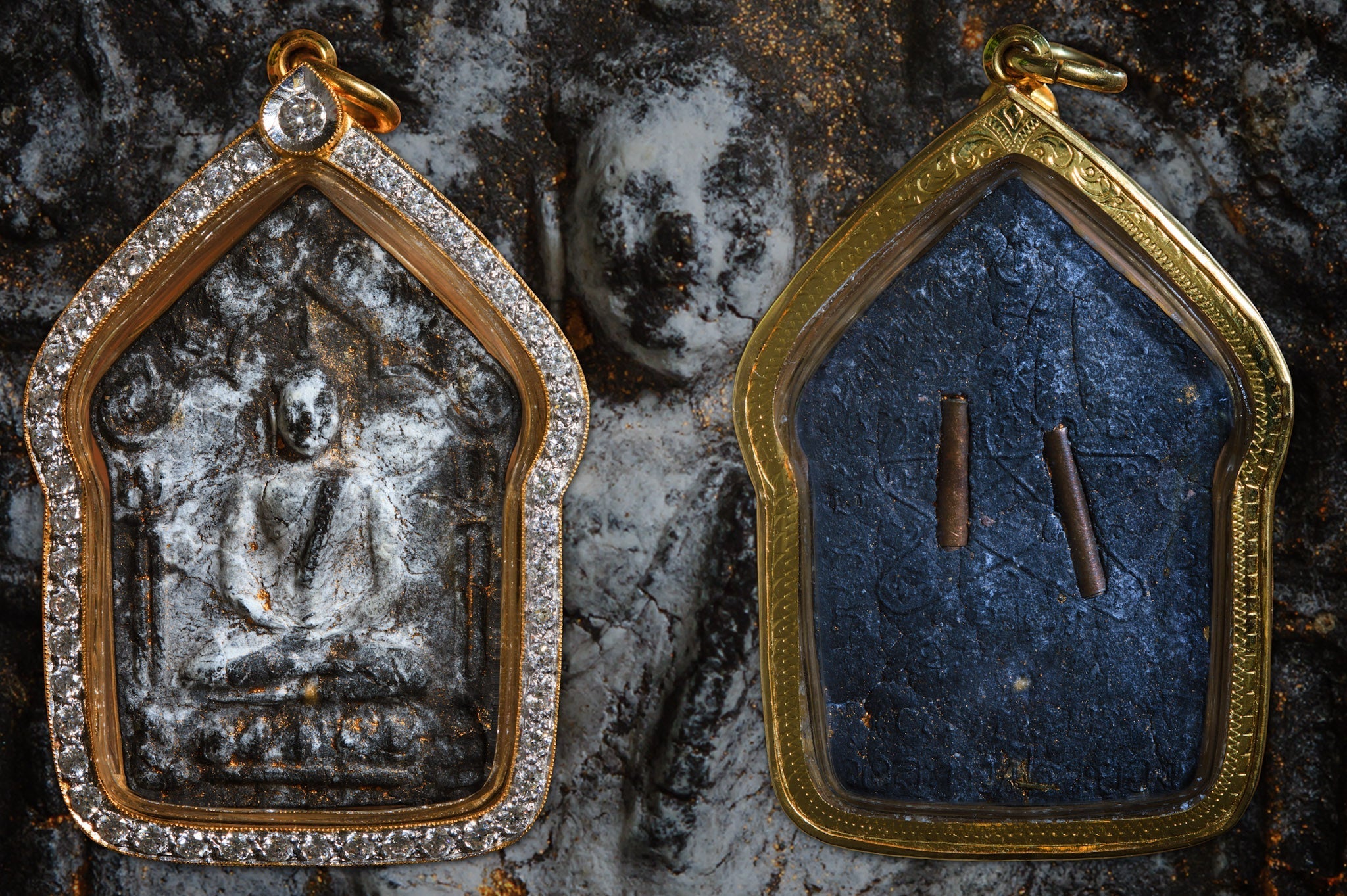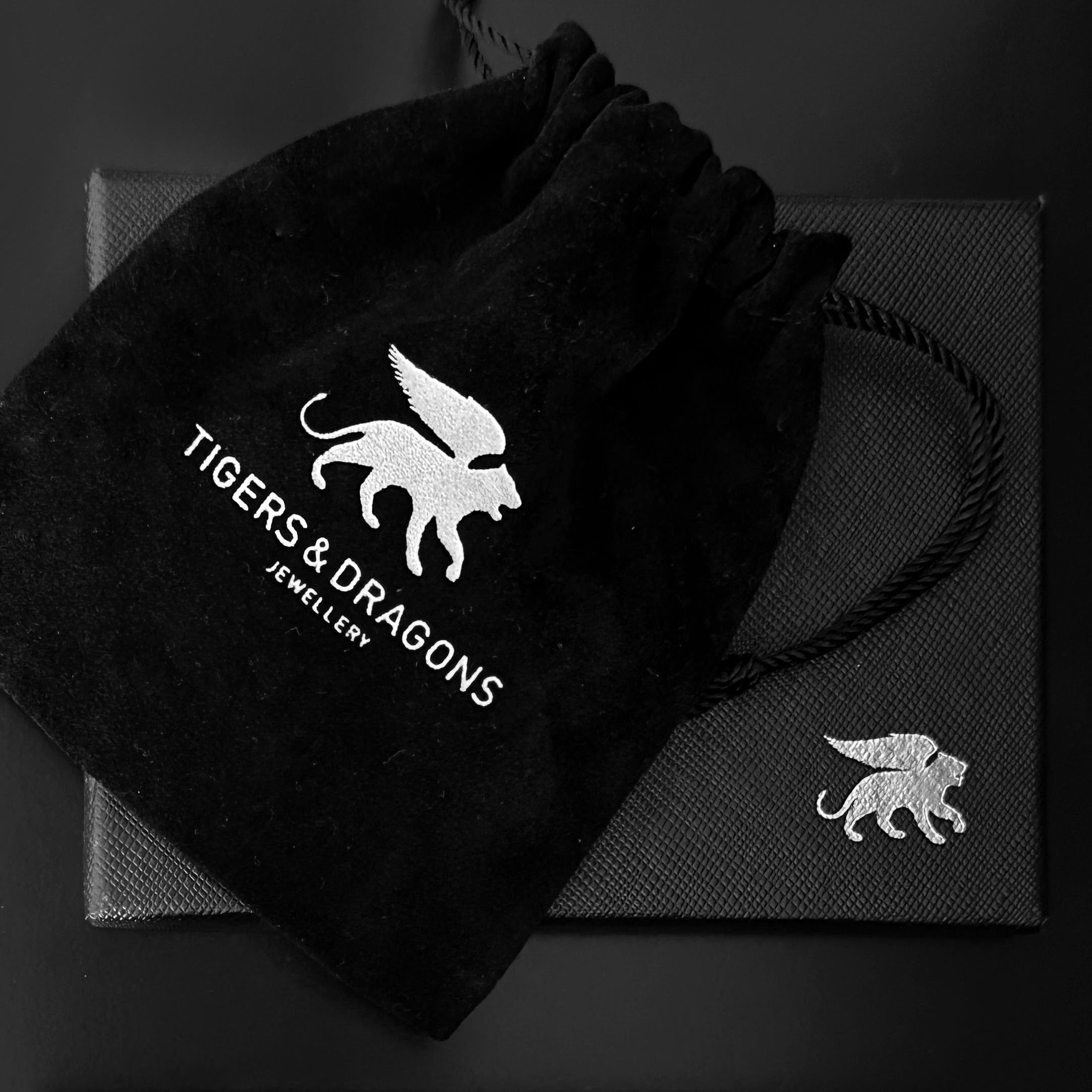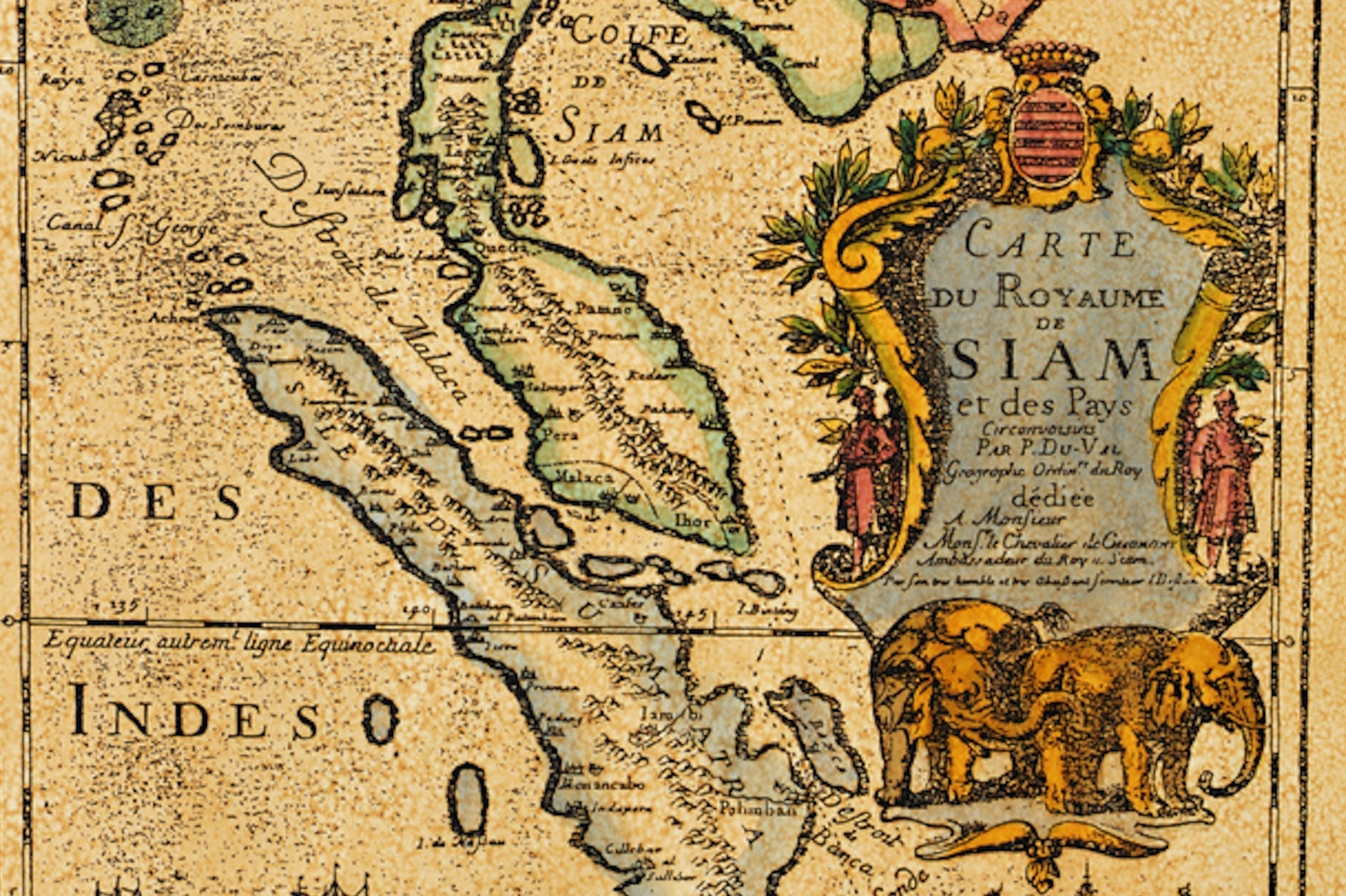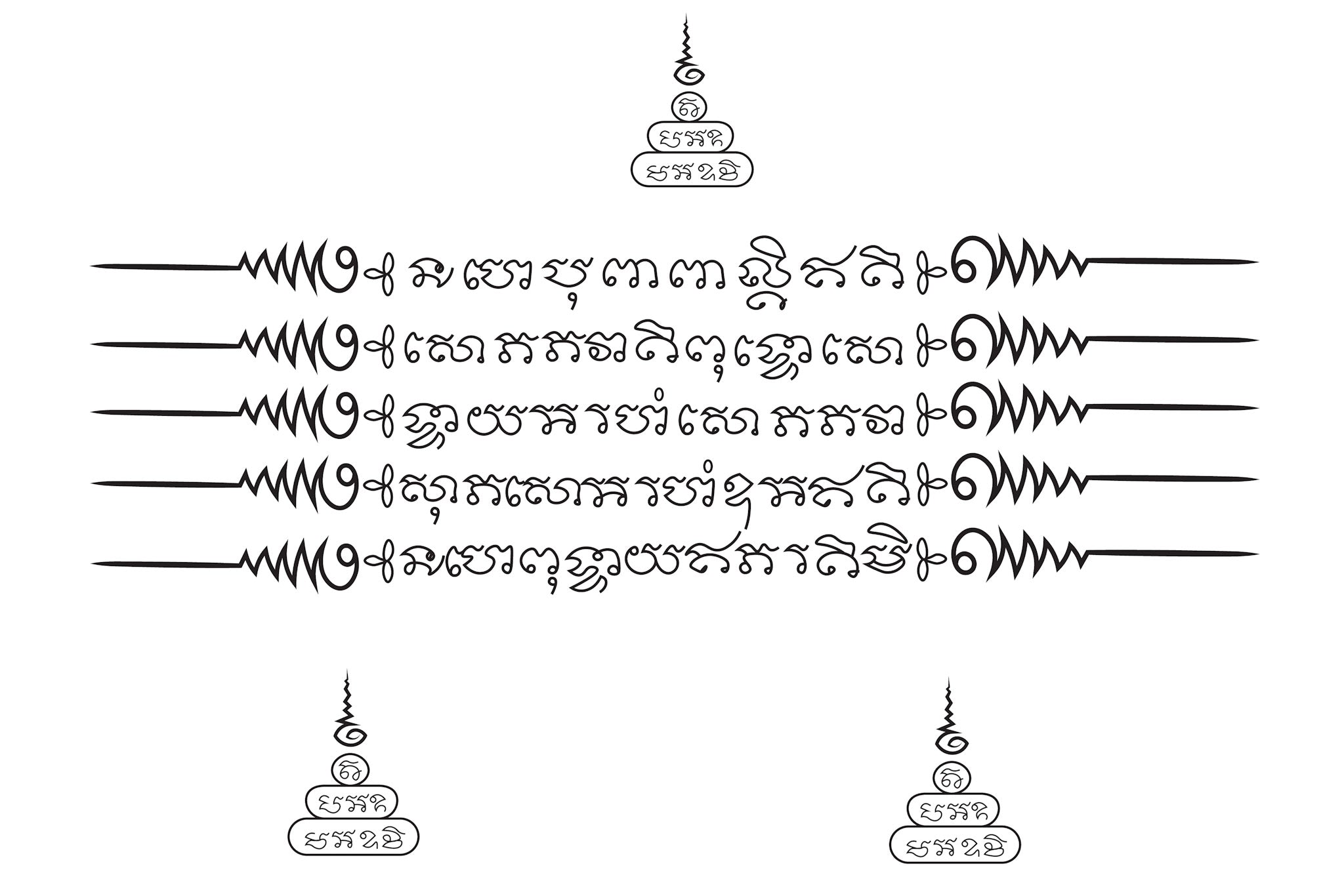
The Material Foundation of Sacred Power: Understanding Thai Amulet Composition
The Science of Sacred Substances
The creation of Thai amulets represents a sophisticated understanding of material symbolism, where each component serves both practical and spiritual functions. Traditional Thai amulet makers, working within centuries-old frameworks, employ a complex vocabulary of materials that connects the physical object to its intended spiritual purpose and geographic origin.
This material knowledge system, passed down through temple lineages, demonstrates remarkable consistency across different regions while maintaining space for local variation and innovation. The selection and preparation of these substances reflects deep cultural knowledge about the relationship between material properties and spiritual efficacy.
Traditional Metal Compositions
Among the most technically sophisticated materials used in Thai amulet creation are the traditional metal alloys, particularly Nur Mekkaphat. This ancient alloy system typically combines copper as the base metal with varying proportions of lead, tin, and historically, mercury, along with herbal additives and consecrated oils.
Each temple or workshop traditionally maintains its own specific alloy formulation, creating distinctive material signatures that serve both as artistic choices and authentication markers. The copper content provides durability and workability, while the additional metals alter both the physical properties and the symbolic associations of the finished amulet.
The inclusion of mercury in historical formulations—though now largely discontinued due to health concerns—reflects ancient alchemical traditions that viewed this liquid metal as possessing transformative properties. Contemporary alloy work has adapted these traditional formulas to maintain spiritual authenticity while addressing modern safety considerations.
The preparation of these alloys often involves ritual elements, with the melting and mixing conducted during auspicious times and accompanied by appropriate chants or ceremonies. This integration of technical metalwork with ritual practice exemplifies the holistic approach characteristic of traditional Thai craftsmanship.
Sacred Earth and Organic Materials
Clay-based amulets, exemplified by the famous Phra Somdej tradition, utilize complex composite materials that blend sacred earth with organic additives. Temple soil, considered spiritually charged through years of ritual use, forms the base matrix for these compositions.
The organic components typically include pollen collected from flowers offered to Buddha images, hair from accomplished monks (added with their permission and considered to carry their spiritual merit), incense ash from temple ceremonies, and various plant materials with traditional associations to protection or blessing.
The preparation of these powder mixtures follows specific protocols that often parallel the complexity found in traditional medicine or alchemy. Different temples maintain distinct recipes, with some formulations closely guarded and passed down only within specific monastic lineages.
Recent ethnographic studies have documented the seasonal timing of material collection, with certain components gathered only during specific lunar phases or religious observances. This temporal specificity reflects beliefs about the optimal spiritual conditions for creating effective sacred objects.
Botanical and Resinous Elements
Wood-based amulets and sealing compounds employ another category of traditional materials centered on plant-derived substances. Herbal resins serve both protective and spiritual functions, creating weatherproof seals while adding aromatic and symbolic elements to the finished pieces.
The use of lacquers and natural resins in amulet production connects to broader traditions of Thai craftsmanship, particularly in religious art and architecture. These materials provide practical protection against humidity and wear while contributing to the sensory experience of the amulet through subtle fragrance and tactile properties.
Some specialized traditions incorporate unusual organic materials such as wax from stingless bees (Meliponini species), valued both for its rarity and its associations with industriousness and community cooperation—qualities considered beneficial for spiritual practice.
The collection and preparation of these botanical materials often involves ritual protocols, with gathering conducted by monks or under their supervision, and processing accompanied by appropriate chants or blessings.
Material Authenticity and Documentation
The documentation of amulet materials has evolved into a sophisticated system of classification and authentication. Traditional terminology includes specific names for different alloy compositions (such as Nuea Nava Loha, referring to nine-metal blends) and detailed descriptions of powder compositions.
Authentication practices examine not only the visual and physical properties of materials but also their provenance and preparation methods. Experts can often identify specific workshops or time periods based on material characteristics, creating a material-based chronology of amulet production.
The specificity of material documentation serves multiple functions: it preserves traditional knowledge, enables authentication of genuine pieces, and maintains connections between objects and their spiritual sources. Detailed material descriptions often include information about collection timing, blessing procedures, and the spiritual lineage of the makers.
Symbolic and Psychological Dimensions
The relationship between material composition and spiritual efficacy operates on multiple levels within Thai amulet culture. From a traditional perspective, materials carry inherent qualities that contribute to the amulet's protective or beneficial properties. Sacred soil connects the wearer to specific holy sites, while metals provide durability that parallels spiritual steadfastness.
Psychological research on material culture suggests that knowledge of an object's composition can significantly influence the user's relationship with it. Understanding that an amulet contains temple earth, blessed metals, or organic materials from religious ceremonies can enhance the sense of connection to spiritual traditions and sacred places.
This material awareness functions as a form of embodied memory, where physical substances serve as tangible links to religious experiences, cultural practices, and spiritual communities. The complexity of traditional material knowledge also reflects and reinforces cultural values about craftsmanship, authenticity, and spiritual dedication.
Contemporary Challenges and Adaptations
Modern amulet production faces various challenges in maintaining traditional material practices. Environmental regulations affect the availability of certain substances, while health and safety considerations have led to modifications in traditional alloy formulations.
Some contemporary makers work to balance authenticity with practical limitations, developing new material approaches that maintain spiritual validity while addressing modern constraints. This adaptation process reflects the dynamic nature of traditional practices and their capacity to evolve while preserving essential characteristics.
The global interest in Thai amulets has also influenced material practices, with increased documentation and standardization responding to international collectors' desires for detailed provenance information. This trend has led to both positive preservation of traditional knowledge and concerns about the commodification of sacred practices.
Cultural Significance of Material Knowledge
The sophisticated material culture surrounding Thai amulets represents more than technical expertise—it embodies a worldview that sees the physical and spiritual dimensions of existence as intimately connected. The careful selection, preparation, and documentation of sacred materials reflects beliefs about how spiritual power can be concentrated, preserved, and transmitted through physical objects.
This material knowledge system also serves important cultural functions, preserving traditional craftsmanship techniques, maintaining connections to sacred places and practices, and providing frameworks for distinguishing authentic ritual objects from commercial imitations.
Understanding the materials used in Thai amulet creation offers insights into broader aspects of Thai Buddhist culture, including attitudes toward nature, craftsmanship, spiritual practice, and the relationship between material and spiritual dimensions of existence. These objects thus serve as concentrated expressions of cultural knowledge, spiritual belief, and artistic tradition.











